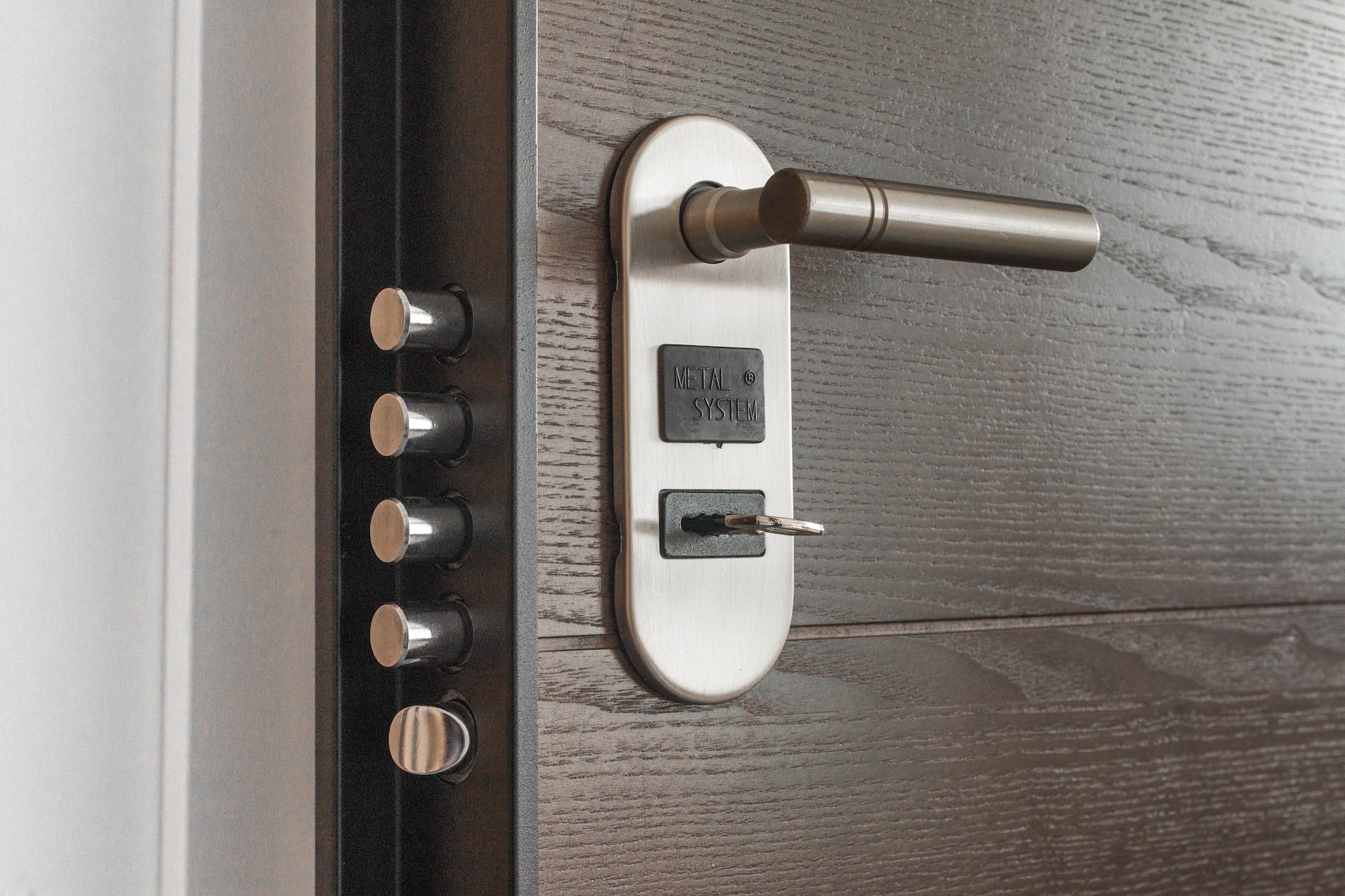
Resilience is the hot new buzzword in many fields. It’s often used for mental health, well-being, community development, and disaster preparedness. Psychological resilience includes realistic optimism and coping skills. Strong social support networks and an active sense of purpose can strengthen it. Resilience can also be significantly increased in the home by installing energy storage devices. Please find out more about the advantages they can offer your family.
Backup Power
Most people don’t think about their power systems as a safety measure against natural disasters, but having an emergency backup plan can make a big difference. It is one of the primary reasons many homeowners install home energy storage systems with their solar panels. An energy storage system (ESS) is a battery-based power solution that takes electricity from the grid and saves it in batteries for use later. It can also be part of an entire home energy management system that helps you optimize your solar energy usage. Unlike the lead acid batteries DIYers used to install solar without an installer in decades past, modern battery systems are more reliable, more scalable, cheaper per kWh of storage, and much safer.
In addition to emergency backup power, an ESS can reduce energy costs through demand charge reduction (switching away from expensive grid electricity during high-demand times), solar self-consumption, and integration into utility-based demand response programs. Combined with solar, it can help you go completely off-grid and live a fully independent lifestyle. It can also provide backup power for your electric vehicle and critical appliances. It provides peace of mind and ensures that your life will continue as usual during power outages or other disruptions. It’s essential because power outages can cost businesses millions of dollars and even be hazardous to human health, food storage, and medicine.
Reduced Electricity Bills
Energy storage systems like Powerwall are becoming increasingly attractive as a backup power source in residential homes, especially since they’re much more affordable than fuel-based generators. Moreover, solar-powered home battery systems are more adaptable since they can be recharged by the sun or electricity from the grid during cheaper off-peak periods to be used during more expensive on-peak times—including during power outages. Energy storage systems can help bolster resiliency in the power grid, too. For businesses, battery energy storage can also provide resiliency benefits. Specifically, businesses that use energy-efficient appliances and solar panels can reduce their electricity bills and even become eligible for reduced utility rates through their utility’s time-of-use programs. However, if a business experiences an uptick in electric bills for no apparent reason, it could be due to higher “fixed charges.” Because fixed charges increase bills for low-usage customers disproportionately to high-usage customers, this is an issue that battery energy storage can address. By storing energy from the sun or the grid during off-peak hours and discharging it during more expensive on-peak hours, businesses can offset the higher fixed charge and save money.
Increased Home Value
Home energy storage systems are electrochemical power-storage devices that store the electricity generated by solar cells or from the grid during off-peak hours for use during higher-cost, on-demand periods. They can also offer critical standby energy in a power outage. Home battery storage systems can be installed with a new solar energy system or retrofitted to an existing one. They work by transforming the DC power generated by PV cells or electricity from the grid into AC power, which they then save in batteries for future utilization. These batteries can be lead acid or lithium-ion type and are vital to the overall energy management system (ESS). A residential battery storage system typically has a capacity of 10 kilowatt-hours and can provide backup power for most appliances in your house, including your refrigerator. Most homeowners connect their battery to a few essential appliances, such as lights and the home wifi system, for maximum resiliency and efficiency. Combined with a solar PV system, home energy storage systems are becoming increasingly popular because they offer the resiliency of backup power in the event of a power outage and help reduce your energy bills. In addition, many people see the value of participating in the clean energy transition and want to actively contribute to a more sustainable world by supporting renewable generation with a practical home energy storage solution.
Reduced Risk of Damage
Home energy storage systems, or battery-powered solar PV with energy storage, are increasingly popular for homeowners to store excess power generated by their home solar panels for use later when electricity prices are lower. Typically based on lithium-ion batteries, these systems can offer backup power during a grid outage. However, they can pose fire risks if not properly installed and maintained. Lithium-ion batteries can be susceptible to thermal runaway, a reaction that leads to cell rupture and extreme temperatures. It can result in a fire that could burn the house and cause serious injury to people or property. Fire prevention measures can include:
- Using a fire suppression system.
- Installing the battery in a well-ventilated area.
- Regularly monitoring it to detect signs of overheating or overcharging.
Integrating residential energy storage into an efficient, dispatchable network supporting the power grid will require all stakeholders to work together. Regulators and utilities must evaluate how and where these behind-the-meter systems can provide grid services (such as reducing peak demand during high-demand periods) and incorporate those evaluations into their resource- and grid-planning approaches. Energy storage companies must develop robust emergency response plans incorporating national best practices customized for each facility. It includes extensive collaboration with local first responders and a clear understanding of how they can safely access the site in case of a disaster.